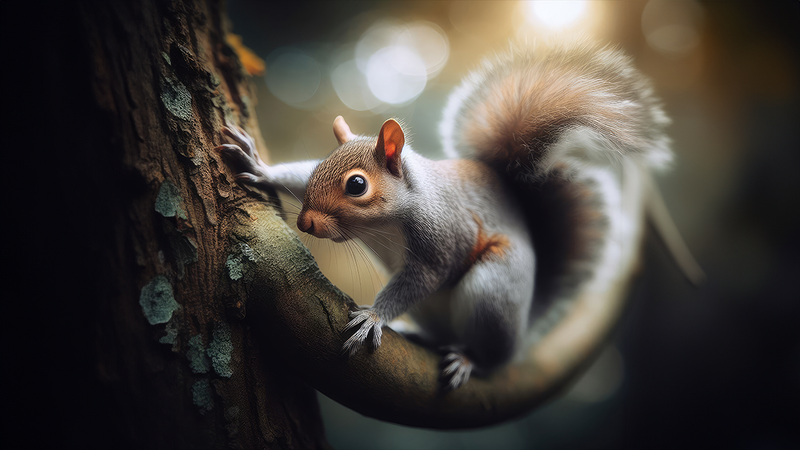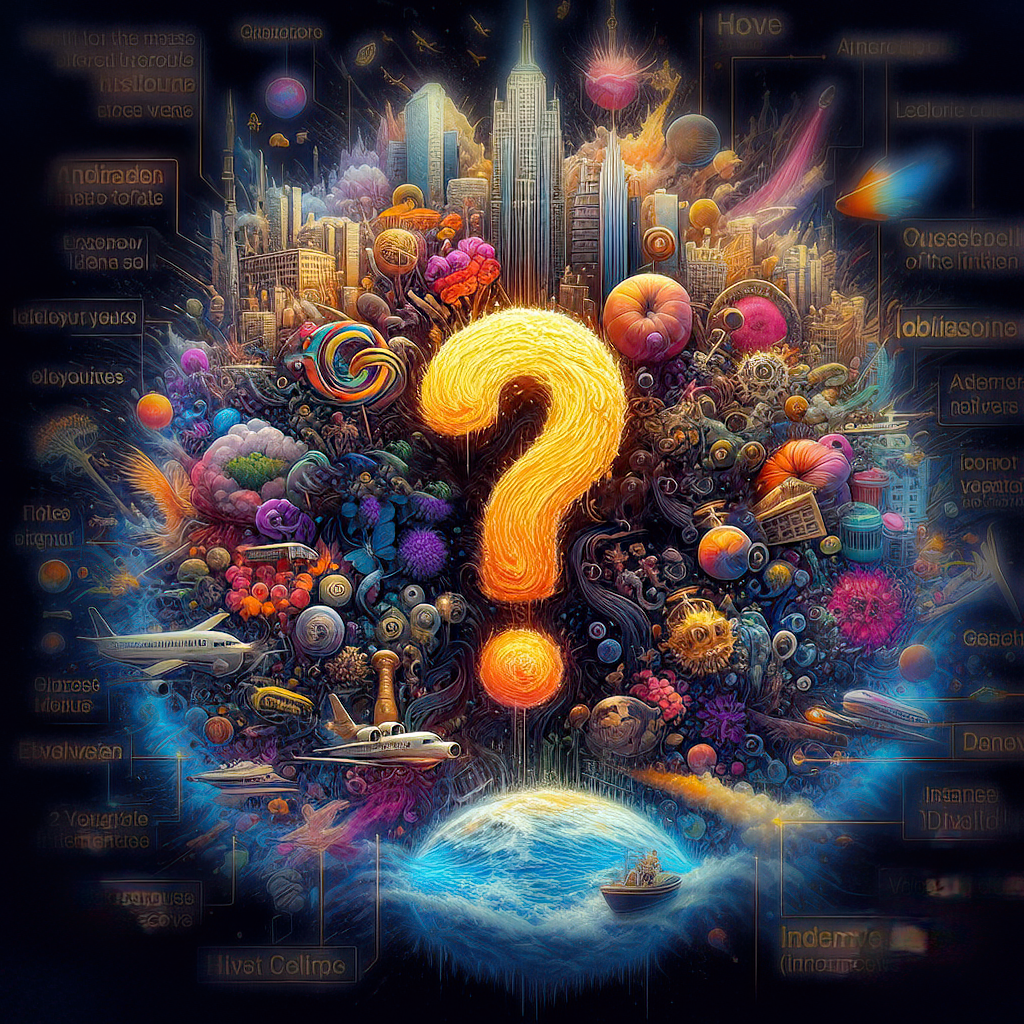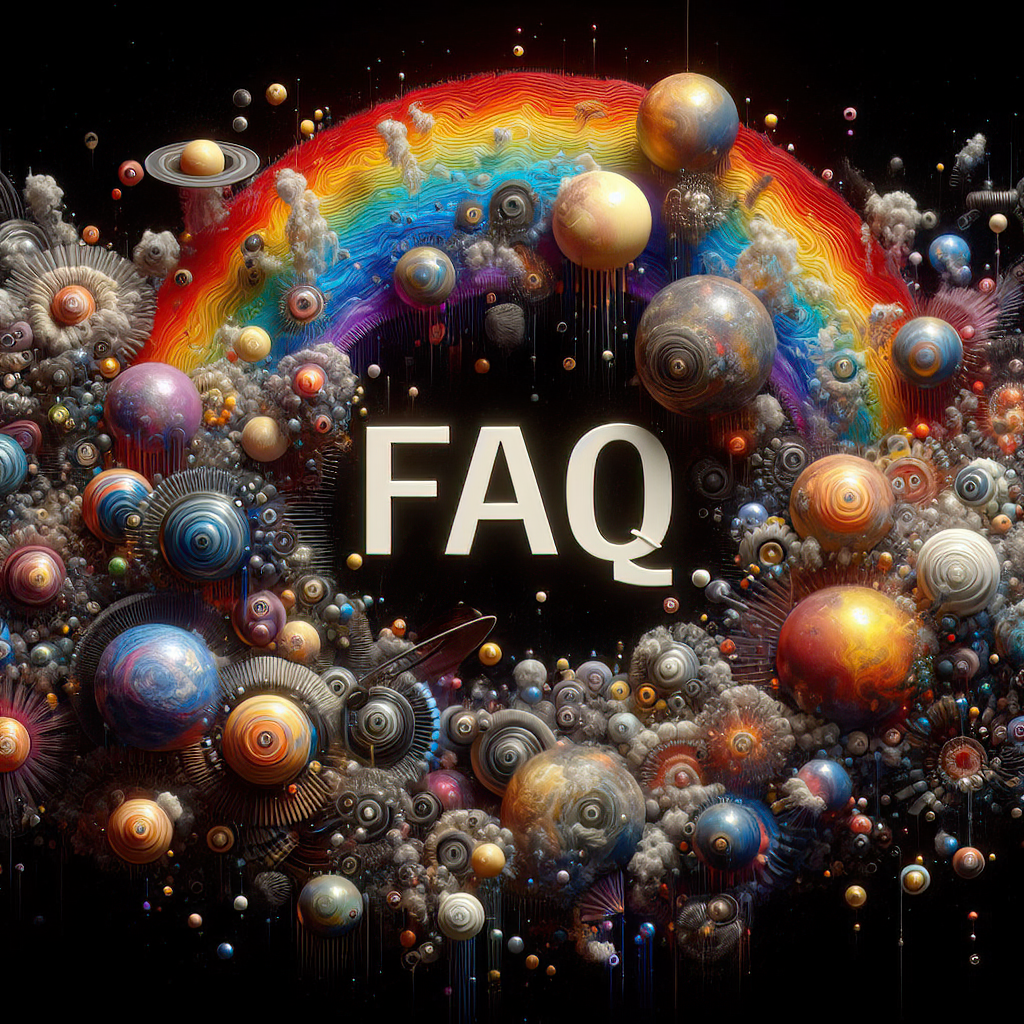
by Bill Tiepelman
10 Things You Didn’t Know About Wolves
Wolves have long held a place in our imagination. From ancient folklore to modern documentaries, these incredible animals spark curiosity and awe. But how much do we really know about them? Here are 10 surprising and fascinating facts about wolves that might just make you see them in a whole new light. Let’s wander through the wilderness together! 1. Wolves Are Family-Oriented Creatures When we think of wolves, many of us picture lone figures howling under the moonlight. But wolves are anything but solitary creatures. They live in tightly-knit packs, and family comes first. Every wolf in a pack has a role to play, from the alpha pair who lead the group, to the “babysitters” who care for the pups. Their social bonds are as strong as ours, and their pack structure is all about teamwork. Explore these bonds in the stunning artwork "The Wolf of Thousand Dreams". 2. A Wolf’s Howl Can Be Heard Over 10 Miles Away If you’ve ever heard a wolf howl, you know it’s unforgettable. But did you know their howls are more than just hauntingly beautiful? Wolves use their howls to communicate across long distances. Whether calling their pack back together or marking their territory, that eerie sound carries for miles—up to 10 miles in open terrain. Experience the haunting beauty of the wolf’s howl in "Wolf: Spirit of the Winter Peaks". 3. Wolves Have Incredible Stamina Wolves are born to roam. They can cover up to 50 miles in a single day, often trotting at an average speed of 5 mph. When chasing prey, they can sprint up to 40 mph! What’s truly impressive is their stamina—wolves can keep moving for hours, their bodies built for endurance. This relentless spirit is captured in "Guardian of the Frozen Tundra". 4. Their Eyes Change Color as They Grow Most wolf pups are born with striking blue eyes, but they don’t stay that way. As they grow, their eye color gradually changes, typically turning yellow, amber, or even light brown by the time they’re adults. This transformation reflects their journey from playful pups to skilled predators. Check out this ethereal depiction in "The Wolf’s Cosmic Watch". 5. Wolves Can Smell You From 2 Miles Away Talk about a superpower! Wolves have an incredible sense of smell that’s about 100 times better than ours. They rely on their noses to track prey, find other wolves, and even sense changes in the environment. If a wolf is downwind, they can smell you coming from two miles away! 6. They Are Surprisingly Playful Wolves love to play! From wrestling as pups to chasing each other through the snow as adults, play is an important part of their lives. Not only does it strengthen bonds within the pack, but it also hones their hunting skills. Who said wolves don’t know how to have fun? 7. Wolves Were Almost Wiped Out In the early 20th century, wolves were hunted to near extinction in many parts of the world, particularly in North America. Viewed as pests and threats to livestock, they were eliminated from most of their natural range. Thanks to conservation efforts, their numbers have rebounded in some areas, but they’re still far from safe. 8. Every Pack Has a Unique Howl Just like humans have distinct voices, wolves have unique howls. A pack’s collective howling is like a signature song, and members can recognize each other’s howls even when they’re miles apart. This uniqueness helps them strengthen bonds and maintain their territory. Discover their unique spirit in "Galactic Blossom Canine". 9. Wolves Are Vital for Healthy Ecosystems When wolves were reintroduced to Yellowstone National Park in 1995 after a 70-year absence, the park’s ecosystem underwent a dramatic transformation. Wolves help control populations of deer and elk, which in turn allows vegetation to recover. This phenomenon, known as a trophic cascade, shows just how important wolves are to maintaining balance in nature. 10. Wolves Mate for Life Wolves are incredibly loyal creatures. Once they find a mate, they stay together for life, raising their pups and working as a team to support the pack. It’s a bond based on trust and cooperation, and it’s one of the reasons why wolf packs function so harmoniously. Final Thoughts Wolves are more than just symbols of wildness and freedom—they’re deeply intelligent, loyal, and vital to our planet’s ecosystems. Learning about their lives reminds us that there’s so much more to these creatures than the myths and legends we grew up with. Maybe next time you hear a wolf’s howl, you’ll think of the family bonds, resilience, and ecological importance behind that haunting sound. Browse more stunning wolf imagery and artwork in our gallery. Wolves in Lore and Legends Wolves have prowled through the human imagination for centuries, symbolizing both fear and fascination. In myths and folklore across cultures, they appear as protectors, villains, and spiritual guides. From Norse mythology to Native American tales, wolves have been deeply entwined with the mysteries of nature and the human spirit. Norse Mythology: Fenrir, the Great Wolf In Norse mythology, Fenrir is one of the most famous wolves, a giant beast destined to bring chaos during Ragnarok, the end of the world. Despite his fearsome reputation, Fenrir also symbolizes the untamed and primal forces of nature that cannot be controlled. Native American Legends: The Spirit Guide For many Native American tribes, wolves are revered as spiritual guides and teachers. They are seen as symbols of loyalty, courage, and intuition, embodying a deep connection to the natural world. Stories often speak of wolves guiding lost travelers or helping the worthy find their path. European Folklore: The Big Bad Wolf In European folklore, wolves often take on a darker role. From the cautionary tale of "Little Red Riding Hood" to the terrifying werewolf legends, these stories reflect humanity's historical fear of wolves as predators. Yet, even in these tales, the wolf often represents more than just danger—it embodies cunning, strength, and the unknown. Modern Interpretations Today, wolves continue to inspire stories, art, and film. They are seen as symbols of wilderness, freedom, and resilience. Whether as protectors of nature or mysterious figures in the night, wolves remind us of the power and beauty of the untamed world. If you’re inspired by the mythical and symbolic aspects of wolves, be sure to explore our wolf gallery, featuring stunning artwork that captures their enduring mystique.



















